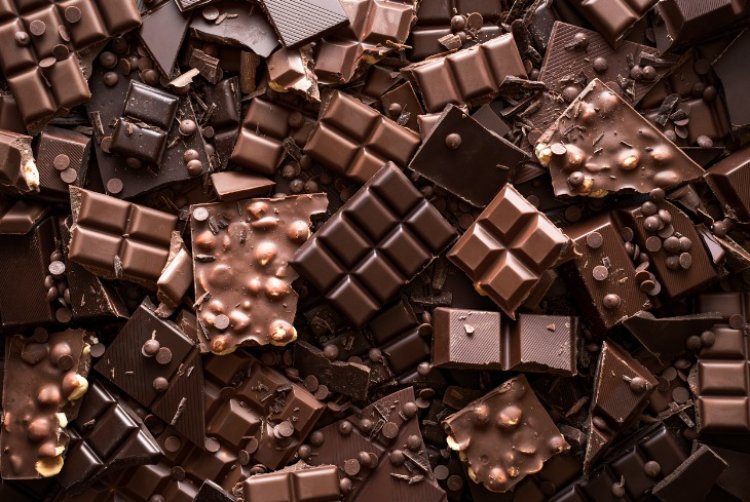Because chocolate is smooth and compact but melts in your mouth
Because chocolate is smooth and compact but melts in your mouth ?

Because chocolate is smooth and compact but melts in your mouth ?
The consistency of the chocolate derives from a particular procedure invented in Switzerland at the end of the 19th century. And it melts in your mouth as a matter of chemistry.
Have you ever wondered how chocolate is made? Or rather what is the process that gives it such a smooth, soft and compact texture? And then, why does it melt in your mouth?
SMOOTH AND COMPACT. Its consistency is due to a technique that has been used for some time but never fully understood: conching, invented in Switzerland at the end of the 19th century. It derives from a word that in English indicates some shells, because the bowl in which it was made recalled its shape. It's a lengthy process where chocolate and cocoa butter are heated, swirled and rubbed against the inside of the bowl, while adding ingredients in a specific order. Before conching, the chocolate was grainy and rough, it had to be crunched rather than melted. Then it became what we know.
SOLID PARTICLES. But what exactly does conching do? This was explained in a study by Elena Blanco and colleagues from the University of Edinburgh. The process transforms an inhomogeneous mixture of solid particles (sugar, milk powder, cocoa bean fragments) and fats (cocoa butter) into a homogeneous liquid suspension.
And it succeeds because it postpones the moment in which a phenomenon known as jamming occurs in the dough: having reached a critical point of density, the material suddenly becomes viscous and no longer flows. By artfully delaying this moment, conching allows you to obtain a composition that would otherwise be impossible.
MELT IN THE MOUTH. And finally, why does chocolate melt so easily on our tongue? Another question of chemistry: it is in fact one of the few edible substances to melt at about 34°C, just below the temperature of the human body.

















